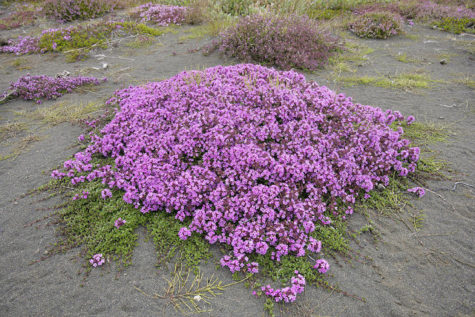

Thyme is very easy to grow and has only two demands: lots of sun and good drainage. From June to July, it provides a stunning display of deep pink blossoms that completely overtake the green foliage. Wild thyme ( Thymus serpyllum) is a dwarf shrub and creeper with a minty fragrance, though the leaves are rarely used in cooking. Masses of showy rose-to-lilac colored flowers top the foliage from June to September. Woolly thymeĬreeping thyme ( Thymus praecox) is a small, mat-forming low grower that is great as garden edging and as a filler between stepping stones. Though the foliage is fairly fragrance-free, plants will bear pale pink flowers from June to July. Woolly thyme ( Thymus pseudolanuginosus) is a sprawling ground cover with soft and furry hairs all over the leaves and stems. Lemon thyme ( Thymus × citriodorus) is another delicious edible variety with strong citrus scented leaves. Here are a few more popular thyme varietals: Varieties of ThymeĪlthough common thyme is the dominant culinary herb, there are more than 300 species of thyme grown mainly for their ground covering and ornamental qualities. In the Middle Ages, warriors were gifted thyme leaves before heading into battle and it was often placed on coffins to assure passage into the next life. The origin of its name is derived from the Greek word thumos which means courage. Due to its natural antibacterial properties, bandages were soaked in thyme oil to assist the healing process. Ancient Egyptians used it for embalming, Greeks burned it as incense, and Romans for flavoring cheese and liqueurs. Thyme has been used for centuries as food, medicine, and fragrance. Flowers are tiny and tubular, and act as a magnet for bees and butterflies. The attractive foliage is highly fragrant, especially just before plants begin to flower.įrom May to July, thyme bears masses of pretty blooms in white, pink, or lavender hues. It’s indigenous to southern Europe and northern Africa and favors the dry, rocky soils of the Mediterranean.įorming mounds 6 to 12 inches tall, thyme’s woody stems are clad in small pointed gray-green leaves. About ThymeĬommon thyme ( Thymus vulgaris) is a woody, perennial, evergreen herb in the mint family. Flavor-wise, it lands somewhere between lavender and rosemary.įor many, thyme perfectly encapsulates the fragrance of summertime. The aroma of thyme is pleasant and complex – peppery and a little sweet with woody, earthy, minty and flowery notes.


 0 kommentar(er)
0 kommentar(er)
